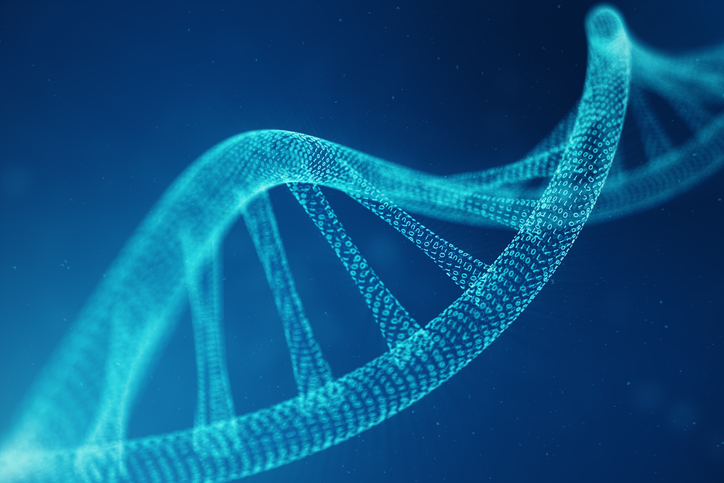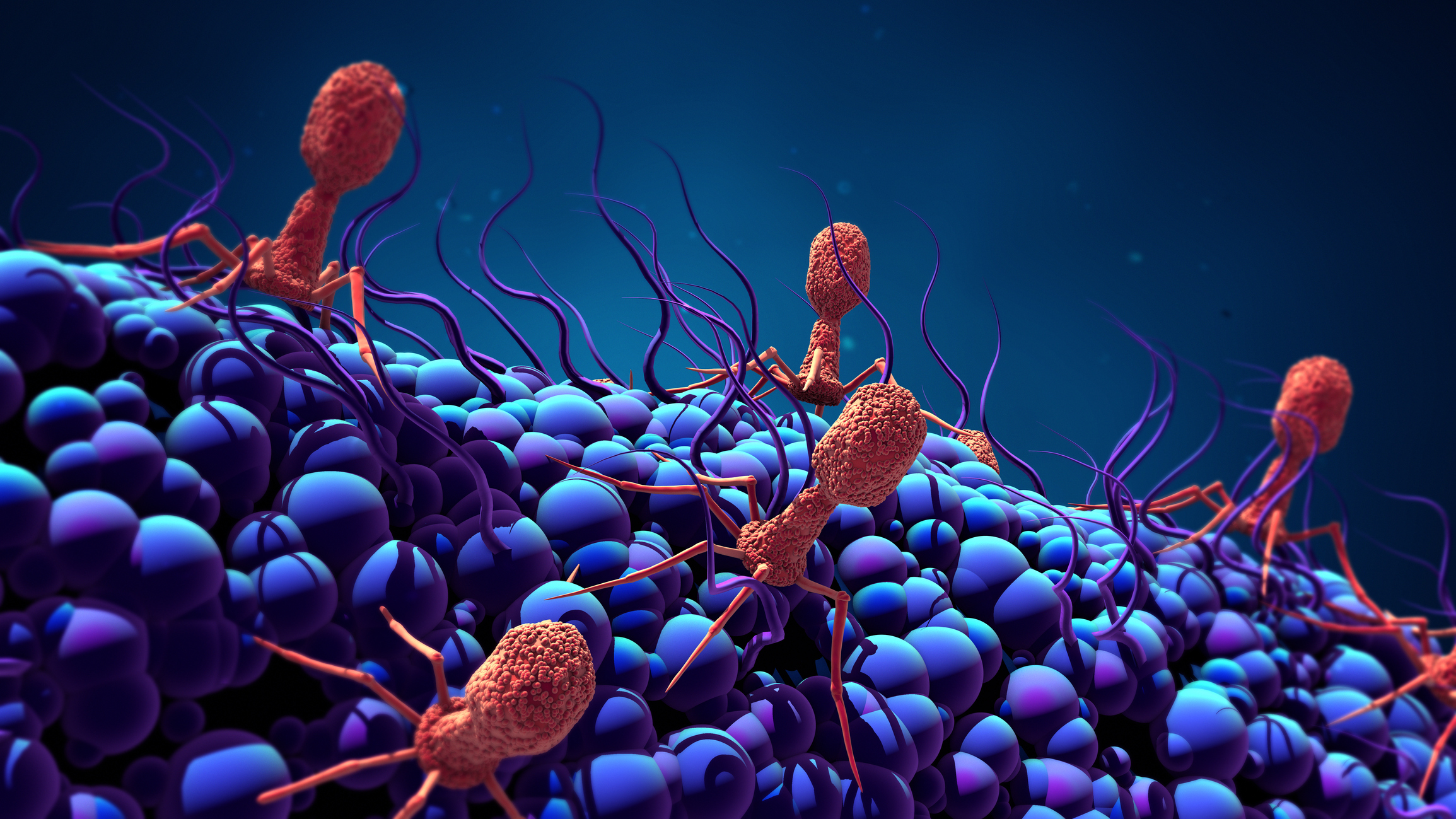What is cloning?
Cloning is one of the most controversial areas of scientific research of recent times.
The term ‘cloning’ means the asexual reproduction of identical copies of an original, and it is human cloning (and to a lesser extent animal cloning) for reproductive purposes that causes considerable public disquiet.
However, reproductive cloning is one of just three distinctive types of processes and technology covered by the term ‘cloning’. The others are recombinant DNA technology or DNA cloning, and therapeutic cloning.
While there are numerous problems of technique, side-effects and technology still to overcome, the key issue in the cloning debate is generally still regarded as the ethical question – is cloning morally acceptable?



Background
The types of cloning differ widely from one another, both in their techniques and aims.
‘Recombinant DNA technology’, ‘DNA cloning’, ‘molecular cloning’ or ‘gene cloning’ all describe the process of transferring a DNA fragment from one organism to a self-replicating genetic element (a cloning vector) such as a bacterial plasmid, enabling the fragment to be propagated in an alien host.
DNA cloning is an important technique in researching gene therapy, genetic engineering of organisms, and sequencing genomes.
Reproductive cloning and therapeutic cloning both rely on the process of ‘somatic cell nuclear transfer’. In this process, the nucleus of a donor adult cell is transferred to an egg whose nucleus, and thus its genetic material, has been removed. The egg is then treated with electricity in order to stimulate division.
For reproductive cloning – which creates animals with an identical genetic make-up to an already existing animal – the embryo must then be transferred to a host body, in which to grow.
For therapeutic or embryo cloning, the objective is not to create adult animals, but to extract stem cells for research from the cloned embryos created. Embryonic stem cells are extracted from the five day old embryo, or blastocyte, which is then destroyed.
There are hopes in the medical community that stem cell research and therapeutic cloning will facilitate organ cloning and enable the replacement of damaged cells with healthy ones for sufferers of degenerative diseases.
Although the first cloned animal – a tadpole – was created in 1952, the most publicly significant event in the history of cloning was the creation of Dolly the Sheep in 1996 at the Roslin Institute, near Edinburgh. Since Dolly, a number of other cloned animals have been bred, including sheep, goats, cows, mice, pigs, cats, rabbits, and a gaur (an endangered species of Asian bison).
However, almost as significant as Dolly’s development to adulthood were the circumstances of her death. Dolly died in February 2003, with lung cancer and crippling arthritis, aged six – half the life expectancy for a sheep of her breed.
In November 2001, scientists from Advanced Cell Technologies, a biotechnology company in Massachusetts, announced that they had cloned the first human embryos for the purpose of advancing therapeutic research.
Since then, a number of more or less reputable organisations and scientists claim to have successfully brought a cloned human embryo to term – but none have been able or willing to confirm this.
In the May 2022 Queen’s Speech, the government laid down plans for a new Genetic technology and precision breeding bill. The bill was designed to ‘encourage agricultural and scientific’ innovation across England, by removing EU regulation on precision bred plants and animals.
Controversies
Controversies about cloning can be broken down into ethical and scientific problems, although there is a degree of overlap.
On the ethical side, it is frequently asked whether it is appropriate to ‘play God’ by interfering with genetics. Beyond this, critics cite the suffering of laboratory animals, the destruction of unwanted embryos and concerns about the future uses of this new technology.
On the scientific front, the principal objection to reproductive cloning is the enormous inefficiency of the process, which may require hundreds of attempts to create a viable animal. In addition to low success rates, clones seem to suffer numerous health problems for reasons that are yet unknown.
Cloned animals tend to have compromised immune function and higher rates of infection, tumour growth, and other disorders. Studies of cloned mice and cattle show considerably reduced life expectancy. In this context, many scientists feel that, although human cloning may be possible, it would be wrong.
In December 2006 a government white paper proposed a ban on the creation of part-animal, part-human embryos after a consultation revealed widespread unease with the practice.
MPs argued against the ban, however. The Commons’ science committee said in May 2007 it should be allowed under licence because existing research practices provide “essential tools in understanding diseases”.
In 2005 Professor Ian Wilmut, the creator of Dolly the Sheep, was granted a licence to clone human embryos for medical research – a decision which attracted considerable criticism. Professor Wilmut stressed that he and his team had no intention of trying to produce cloned humans, but intended only to use the embryos for research into the distressing degenerative condition Motor Neuron Disease.
However, in 2007 Professor Wilmut announced that he had decided to change to an alternative method of research pioneered in Japan, known as direct reprogramming or ‘de-differentiation’, which could create human embryonic cells without using human eggs or cloning human embryos. Professor Wilmut said he believed this more ethically acceptable method had greater potential and he would therefore not be pursuing nuclear transfer.
Another area of controversy is the use of cloned animals and their descendants in food products, with concerns raised about food safety, animal welfare and ethical issues.
In 2008, the European Parliament voted for a ban on the sale of meat and milk from clones and their offspring and in October 2010 the European Commission recommended a five year ban on animal cloning for food production in the EU, and on the use of cloned farm animals and the marketing of food from clones.
However, attempts to translate this into legislation have proved difficult. In March 2011, Commissioner John Dalli expressed his disappointment that despite the best efforts of the Commission to act as mediator between the Parliament and the Council, agreement still had not been reached on revising the regulation.
The UK government said it believed a ban would be “disproportionate in terms of food safety and animal welfare” and that the welfare of all farmed animals, including clones and their descendants, was already protected by current welfare legislation.
Meat and milk from cloned animals are classed as ‘novel foods’ under the EU Novel Foods Regulation 1997. The regulation requires that such products be assessed for safety before they can be legally marketed anywhere in the EU.
In May 2011, the Food Standards Agency attracted controversy by changing its advice on the Novel Foods Regulation in relation to the descendants of cloned cattle and pigs. The FSA Board said there were no food safety grounds for regulating food such as meat and milk from cloned descendants.
Equally controversial was the Board’s decision that mandatory labeling of meat and milk derived from descendants of cloned animals was” unnecessary and disproportionate”, as was Defra’s statement that such labeling would be “unenforceable and impracticable.”
Statistics
Dolly, the first mammal to be cloned from adult DNA, was created in 1996 and died, having been put down by lethal injection, on 14 February 2003. Prior to her death, Dolly had been suffering from lung cancer and crippling arthritis. Most Finn Dorset sheep live to be 11 to 12 years of age. Dolly was a mother to six lambs, bred the old-fashioned way. – Source: Human Genome Project Information website.
Quotes
“A person who places in a woman a human embryo which has been created otherwise than by fertilisation is guilty of an offence.” – Human Reproductive Cloning Act – 2001
“There are perfectly ethical ways of obtaining stem cells to cure disease, which do not involve embryo destruction, so no matter what moral value one places on the human embryo, we do not need to use it.” – Josephine Quintaville -Comment on Reproductive Ethics
“Cloning for purely commercial purposes is not currently covered by any regulation but the welfare of all farmed animals is regulated in the UK through a combination of EU and national legislation. Donor animals, surrogate mothers and clones themselves would be subject to the same welfare requirements as those that apply to all farmed animals.” – Department of Environment Food and Rural Affairs – 2011










